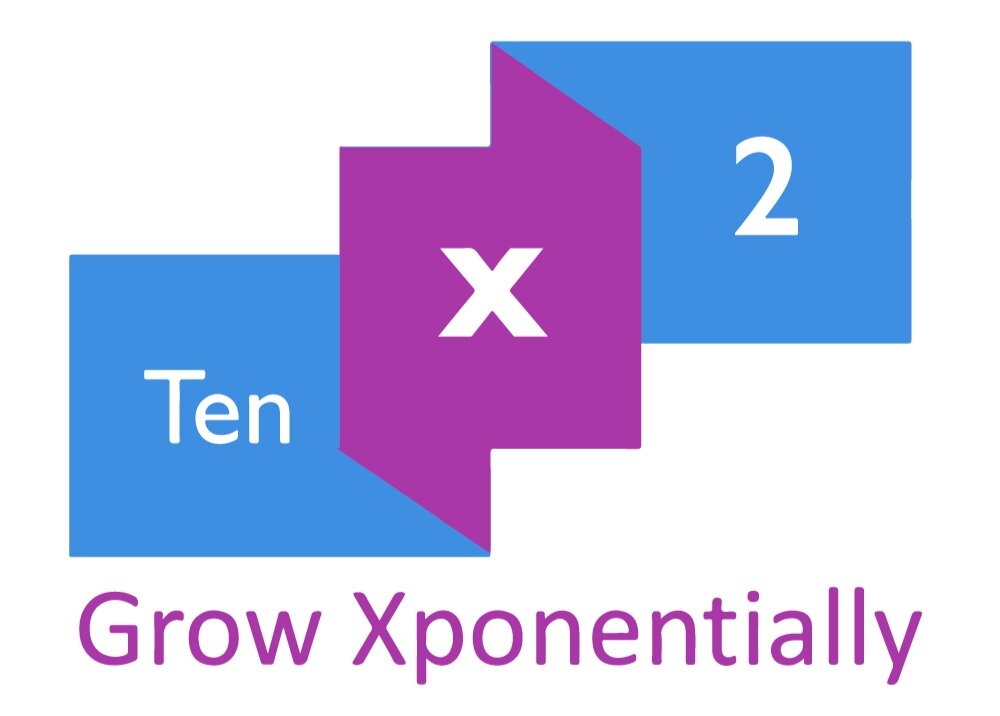Innovation in the Era of AI and IOT
In the 1950s - 1990s the Corporate labs were the main source of innovations. Since 1995 the Internet, the Exponential growth of Computing Power, Digitization, Bandwidth and lower Transaction costs as well as exponential decline in Storage costs enabled decentralization of innovation with the following impacts:
- Dematerialization
- Demonetization
- Democratization
- Industry Boundaries are fading
- High Scalability
- Crowd Sourcing of any resource
To understand more about the above mentioned impacts please check the following article
Additionally exponential technologies available to both established companies as well as start-ups are changing the world. The availability of key technologies to start-ups created exponential growth in innovative business models and while the last 15 years mobile tech, social networking and crowd sourcing were the innovation drivers, the coming 10 years the most important innovations will be related to:
•Robotics: Self driving cars and drones
•Artificial Intelligence: AI reinvents the way we invent and expands the ways what is possible. AI or Bankruptcy!
IoT: Creates a global network of possibilities.
•3D Printing: Customized cars, human parts, less warehouses, less inventory, Complexity becomes Free
•Decentralization (Blockchain, 5G,..)
•From Sickcare to Healthcare with human life extension to 150 years
•Sustainability will drive innovation
Innovation in 2020s / Key Industry Facts
What are the key industry facts for established companies in the last 5 years? What can we learn from best practices?
1.Established firms R&D returns are declining steadily
2.The number of publicly traded firms has decreased by 50% in USA
3.Cost of acquisitions has doubled
4.Firms with frequent acquisitions outperform the ones with occasional
5.Due to decentralization of innovation start-ups become the center of innovation
6.While established Corporations have or are good in:
Resources, incremental innovation (e.g. Intuit created Quick books for self-employed), organization, execution and efficiency
they are not good in
Disruptive or differentiating innovation, speed and learning new things fast
Additionally the great majority of established companies for matters of innovation show similarities in their behavior and mindset. So what are these similar behaviors and facts?
1.The corporate immune system will always attack external innovation
2.Established companies focus on efficiency executing the existing business model
3.No company has the smartest people
4.Successful transformations happen with own people
5.Best way to transform is by doing it and not with reading or short workshops
6.Disruptive or Differentiating Innovation happens only at the edge of an organization or outside.
Combining all above mentioned facts we can derive a few lessons as to how the innovation will happen the coming 10 years and beyond. The successful established firms of the present and future will innovate together with the Start-up and Scale-up ecosystem. Collaboration among established companies and start-ups to support the 17 UN Sustainability goals adds another dimension to create a bigger positive impact to the world. Established companies start to understand that they need to change or they will get beaten by leaner and faster competitors. Collaborating with startup
Start-ups and scale-ups enable:
1.Disruption or differentiation
2.Speed to market and experimentation
3.Can do mindset
4.Fail fast, learn, pivot and finally succeed
5.Kill fast things that do not work
So established companies need to re-design their innovation setup/options for disruption or differentiation by:
acquiring a start-up or
partnering with external start-ups (this is a good way to create external focus and learn) or
Investing in or build external start-ups to do what you want to do. Good option to learn or decide later for a potential acquisition e.g. Tencent, Alibaba, Google and Apple are investing or acquiring start-ups very frequently.
The best scenario depends on:
•If you need to change your Business Model then: Focus first to acquire scale-ups and invest in partnering as well as build external start-ups
•If you need to evolve your Business Model: Need balanced portfolio in acquisitions, partnering and build external start-ups
•If you expect longer term change then: Focus on partnering and building external start-ups
Finally and very important is how the 2 different DNAs need to work together. Many times it goes wrong in this stage as established companies do not appreciate the different business models, metrics and cultures. To succeed in innovating together the following are vital attention points:
•Respect for the different business model and culture of start-ups
•Ensure alignment between parent company, corporate venturing and the business unit that stands to benefit from the start-up(s)
•The innovation focus is business model expansion/change outside of the established company main business
•Ensure that the way performance metrics agreed for the start-ups are appropriate as start-ups performance metrics are different than established companies
•Ensure a suitable process/integration for partnering or acquisition of start-ups is followed strictly
Summary: The successful established firms of the present and future will innovate together with the Start-up and Scale-up ecosystem. Collaboration among established companies and start-ups to support the 17 UN Sustainability goals adds another dimension to create a bigger positive impact to the world.
As the subject is very broad I will stop here and welcome comments or questions
If you want to establish a process to innovate with the start-up ecosystem or to actively connect with start-ups, TenX2 has a lot of experience to support you. Please contact us
Thank you very much
Mike Mastroyiannis
